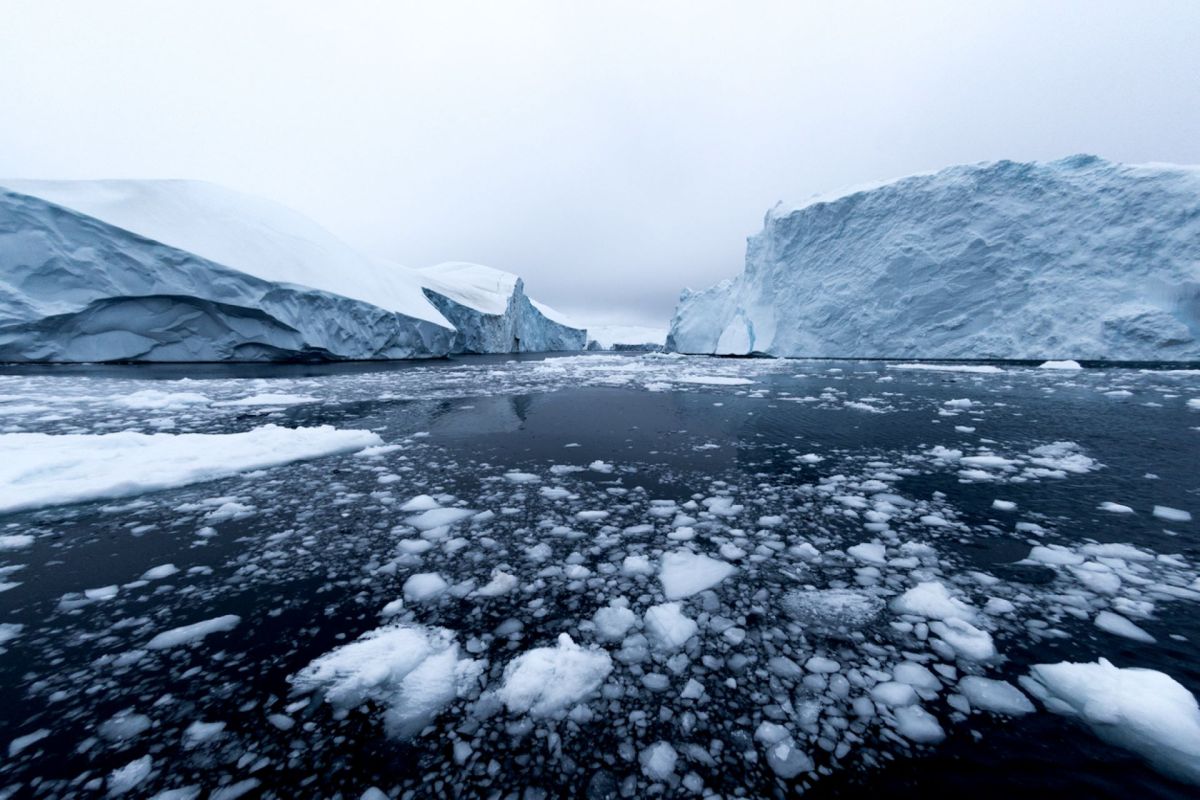The Arctic often feels like a faraway place. However, a recent study shows that despite its remoteness, the Arctic is no sanctuary from human pollution.
What is happening?
Recent evidence from a study by scientists at the University of Rhode Island shows that not only is PFAS (per- and polyfluoroalkyl substances) pollution present in the Arctic Ocean, but it is also constantly being spread.
PFAS, also called "forever chemicals," do not break down easily and stay in the environment for a long time. Worse, these chemicals exist in large quantities and can be found in everyday items like popcorn bags, clothing, and even our drinking water.
In the study, the research team found that PFAS get transported across the ocean as warm water flows north and cool water flows south. One of the most surprising findings is that PFAS were also found in "old" water that was 3,000 feet deep. This water hasn't been in contact with the atmosphere for 50 to 100 years.
"Typically, we expect this water to be free of man-made industrial compounds," said URI Graduate School of Oceanography Professor Rainer Lohmann. "Except that in this case, there has to be an additional pathway for the PFAS to reach those depths, most likely attaching themselves to settling particles."
Why is PFAS circulation important?
The circulation of PFAS in the Arctic Ocean can have huge impacts on marine life and human health.
In marine ecosystems, animals can ingest these harmful chemicals. The amount of chemicals ingested by animals builds up in the larger animals higher up the food chain, putting animals like dolphins, sharks, and humans at the highest risk for PFAS-related complications.
According to the CDC, studies indicate having a lot of PFAS in your body could lead to higher cholesterol, high blood pressure, kidney and testicular cancer, weaker response to vaccines in kids, and effects on development like lower IQ scores and slightly lower birthweights.
What's being done about PFAS?
Efforts to combat PFAS contamination include technological innovations and scientific research. Advancements in wastewater treatment technologies hold promise for reducing PFAS discharge into aquatic environments.
Researchers are looking at ways to break down these "forever chemicals," though these methods are still in their beginning stages. Thus, other measures are being taken to limit further production of these harmful chemicals.
Regulatory bodies are setting laws that will limit the production and use of PFAS-containing products, while industries must adopt sustainable alternatives. Individual communities are also starting initiatives focused on monitoring and mitigating PFAS contamination in coastal areas and industrial sites that can help reduce the flow of these chemicals into the ocean.
Additionally, public awareness campaigns are empowering individuals to make informed choices and advocate for policies that prioritize environmental health.
Join our free newsletter for weekly updates on the coolest innovations improving our lives and saving our planet.









